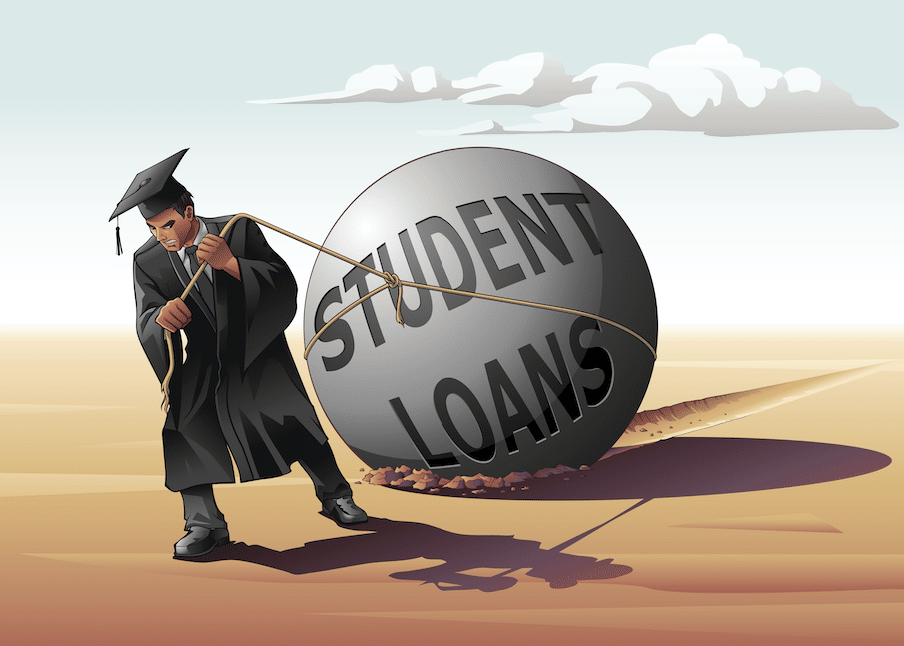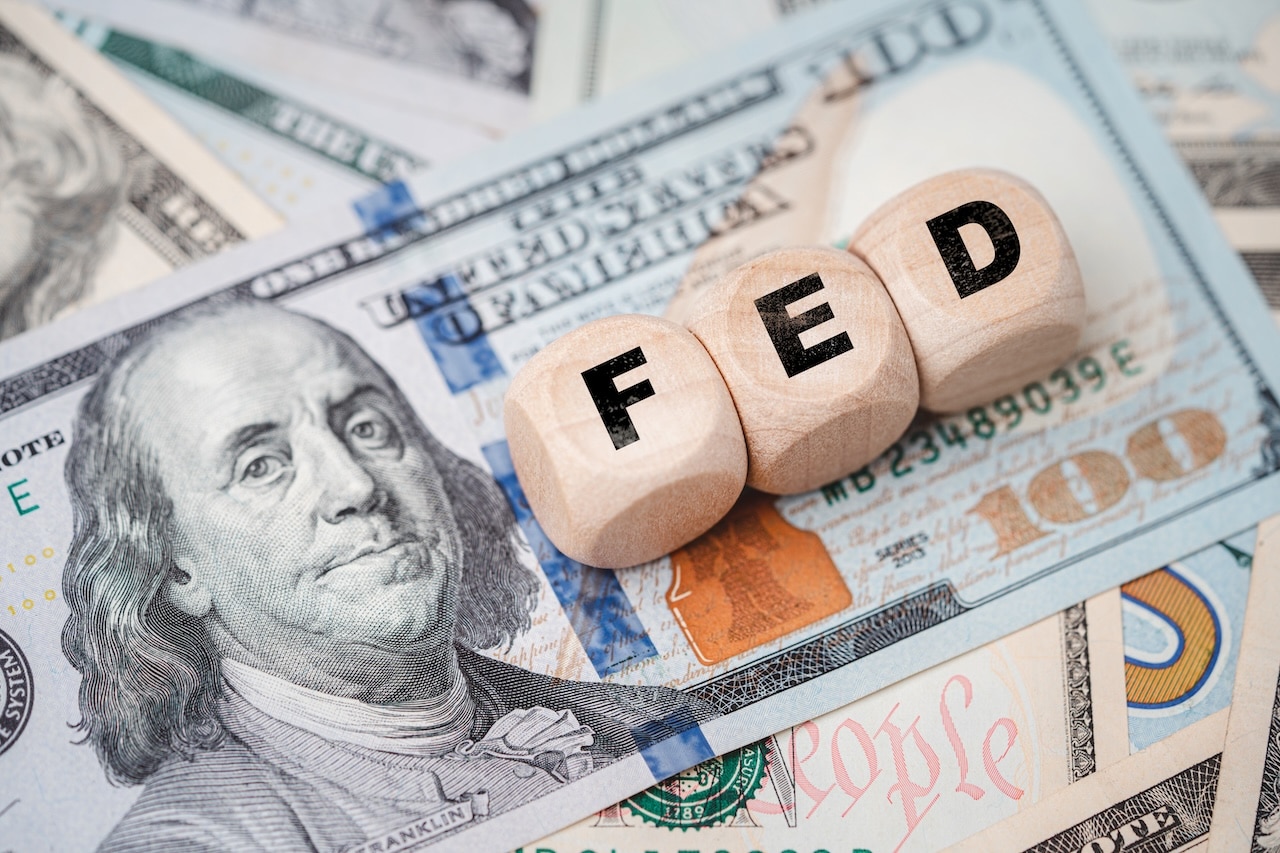This content is for informational purposes only and should not be relied on as financial advice. This article is based on current proposed enactments and is subject to change.
Summary
- What is the difference between private and federal student loans, and which ones qualify for student loan relief from the government?
- Student loan payment forbearance has been extended until October 1, 2021. Learn more about what this could mean for you.
- We break down the latest on discussions around proposed student loan forgiveness.
- If you are currently pausing your student loan payments, check out these tips to help you prepare for when your payments resume.
President Biden has said that addressing the $1.6 trillion student loan crisis is part of his day one priorities, and so far he has delivered. We have the latest on student loan forbearance and forgiveness, and how they can impact your credit score.
Private vs federal student loans
It’s important to note that the discussions around Biden’s proposed student loan forgiveness and forbearance only apply to federal student loans, not private loans.
What’s the difference? Federal student loans are funded by the federal government and Department of Education with terms and conditions that are set by law, and often include fixed interest rates or the option for income-driven repayment plans. If you applied for financial aid through FAFSA (Free Application for Financial Student Aid), then you likely have a federal loan.
Private student loans are made by lenders, such as a bank, credit union, state agency, or a school. Sallie Mae, for instance, is one of the largest private student loan lenders. You can learn more about the differences here.
If you are unsure about the kind of loan you have, we recommend checking with your lender to confirm so that you can better understand if you qualify for the proposed student loan programs by the current administration.
Payment deferrals extended until October 1
One of Joe Biden’s first actions as president was to extend the pause (ie; forbearance) on federal student loan payments until October 1, 2021. This also includes pausing new interest on the loans and any related collections activities that could impact your credit score.
Federal student loan payments were originally suspended under the CARES Act to help provide financial relief for the millions of Americans impacted by the pandemic.
Proposed partial student loan forgiveness
Biden has also spoken publicly about his support of partial student loan forgiveness and canceling up to $10,000 of undergraduate student loans for those that are eligible. If this passes, it would apply only to federal student loans held by the Department of Education.
This is not yet official, so it is important to keep paying your student loans or abiding by the new forbearance rules so that you do not negatively impact your credit score with late payments.
Preparing now for payments to resume
If you have federal student loans and have not made payments during the pandemic, it’s important to remember that they will have to paid at some point. Here are a few things to keep in mind to help you prepare for the current deadline:
- Keep an eye out for your next bill: Your lenders will likely expect a payment shortly after the forbearance period ends. You should receive your next bill in a few months that will give you an exact due-date so that you don’t miss a payment, which can greatly impact your credit score.
- Budget accordingly: If you haven’t been making payments, you may need to readjust your monthly budget to ensure you can make your student loan payments once they resume.
- Contact your lenders: If you cannot afford to make your payments once the forbearance period ends, we recommend contacting your lenders at least a month before your next payment is due to explain your situation. They may be willing to work with you to determine a different payment schedule or cadence that works for you. Be sure to get the agreement in writing so you have a record of it.
- Determine your new end-date: The payments you would have paid during the pandemic aren’t forgiven, they are just pushed down the road. If you had five years left of payments before the pandemic, you still have to make the same number of payments, so it’s important to check your new end-date so you know what you’re working towards.
You should also make sure to check your credit score and report at least once a month to ensure that your lenders are not incorrectly reporting missed payments under the forbearance period.




















